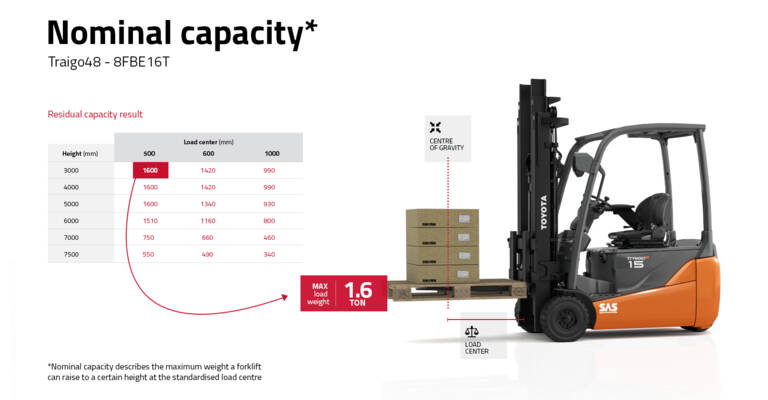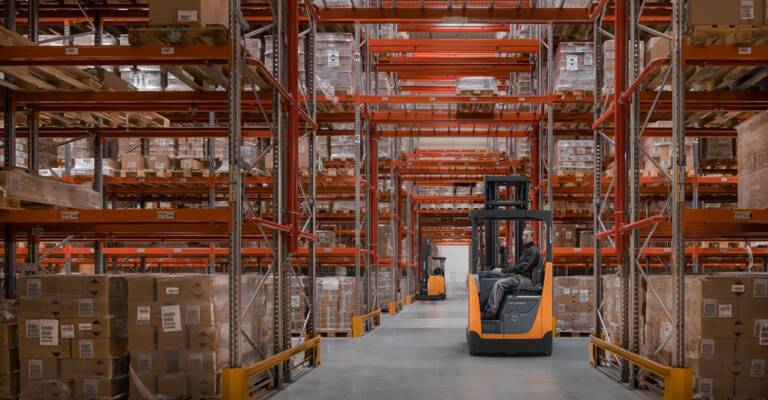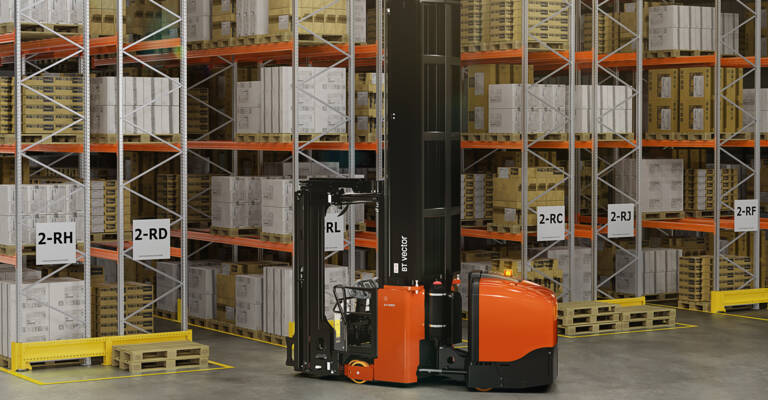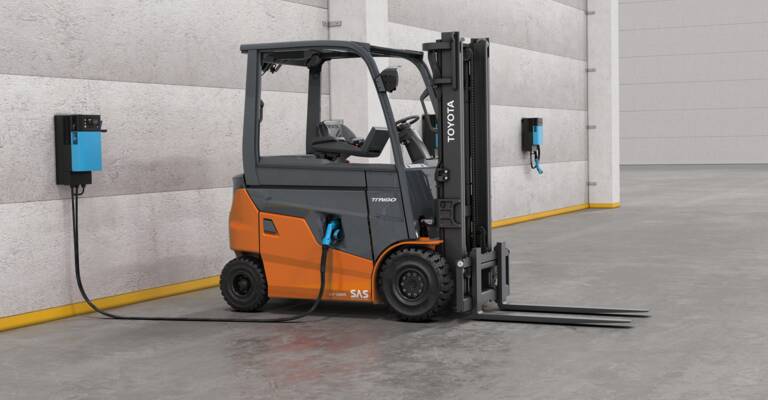
What you need to know about pallets
What is a pallet?
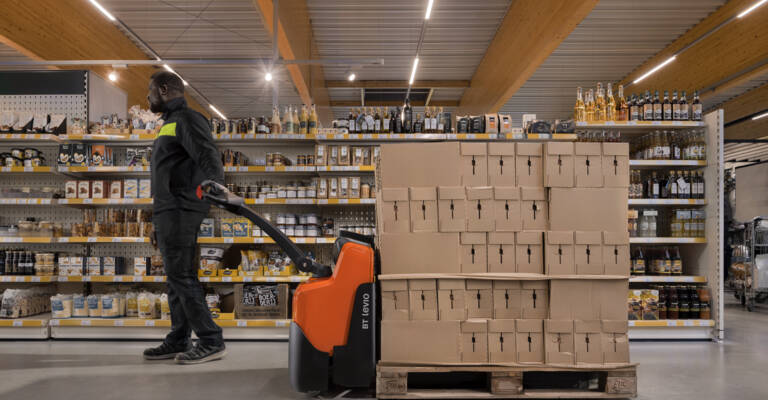
Carrier of goods
A pallet is a flat structure that is used for shipping and transport of goods, and also makes it possible to move unit loads more cost-effectively, safely and ergonomically.
The use of the pallet, as we know it today, was developed during the Second World War. Pallets are usually made of wood, plastic or metal and the choice of pallet usually depends on the load and the environment it is being used in.
A BT invention
The original Euro-pallet was developed by BT, SJ (Svenska Järnvägar), and Gyllsjö Träindustri to move goods on railways. The measurement 800 x 1200 mm, was standardised and the Euro-pallet is the most commonly used pallet in Europe today.
What is a pallet?
A pallet is a flat structure that is used for shipping and transport, and also makes it possible to move unit loads more cost effectively, safely and ergonomically. The use of the pallet, as we know it today, was developed during the Second World War. Pallets are usually made of wood, plastic or metal and the choice of pallet usually depends on the load and the environment it is being used in.
What is the standard pallet size?
International standard sizes don’t really exist because pallet definitions, construction standards and terminologies vary enormously from country to country. However national standards and unofficial branch standard sizes are common so contact with your local association or organization for more information.
Not all industrial forklift truck types are compatible with all types of pallets – be sure to check pallet dimensions and load size (including overhang) before specifying your requirements on forks.
Weight and content of unit loads affect the centre of gravity, and the residual capacity of the industrial forklift truck required for stacking.
Sizes of wooden pallets often vary from country to country, depending on usage. However, the most common pallet size used in Europe is 1200 x 800 mm.

